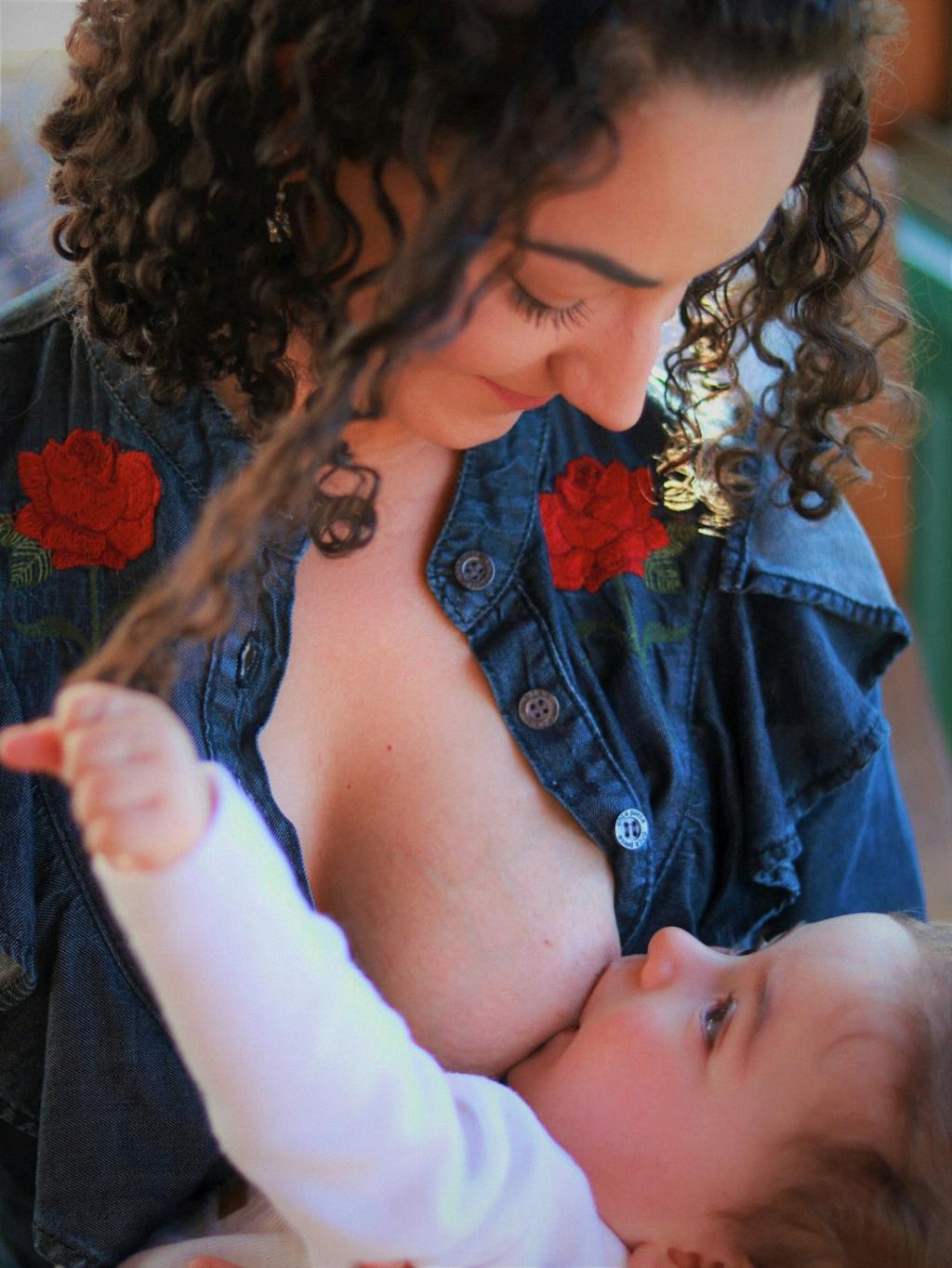When dealing with mastitis, a bacterial infection in the milk ducts, seeking medical attention is crucial. The primary course of action in treating this condition involves the administration of antibiotics by a healthcare provider. These medications are designed to combat the bacterial infection at the root of the issue.
Timing and Effectiveness of Antibiotics
One common query among individuals facing mastitis is the duration it takes for antibiotics to alleviate the infection. Typically, antibiotics prescribed for mastitis are effective in clearing up the infection within a span of 10 days. However, relief from symptoms can often be felt much sooner, often within 48 to 72 hours of starting the treatment regimen.
Early Signs of Improvement
It’s crucial to monitor your symptoms closely once you begin antibiotic treatment for mastitis. Early signs of improvement may include a reduction in breast tenderness, swelling, and redness. These positive changes indicate that the medication is effectively combating the bacterial infection.
Completing the Full Course
While the early effects of antibiotics for mastitis can be reassuring, it is essential to complete the full course of medication as prescribed by your healthcare provider. Even if symptoms alleviate before the 10-day mark, finishing the course is vital to ensure that the infection is entirely eradicated.
Importance of Follow-Up
After completing the antibiotic treatment for mastitis, a follow-up appointment with your healthcare provider is recommended. This step allows them to assess your progress, ensure that the infection has been fully resolved, and provide any additional guidance or recommendations.
Possible Side Effects
While antibiotics are generally safe and effective in treating mastitis, some individuals may experience side effects. Common side effects of antibiotic treatment may include gastrointestinal issues such as nausea, diarrhea, or stomach discomfort.
Seeking Medical Guidance
If you experience severe or persistent side effects while taking antibiotics for mastitis, it is essential to seek prompt medical attention. Your healthcare provider can offer guidance on managing side effects or adjust your treatment regimen if necessary.
Understanding Resistant Bacteria
In some cases, bacterial infections may be resistant to certain antibiotics. If you do not experience improvement in your symptoms within the expected timeframe, it is crucial to inform your healthcare provider. They may need to reassess your treatment plan and explore alternative antibiotic options.
Preventing Future Infections
After successfully treating mastitis with antibiotics, it’s essential to take steps to prevent future infections. Maintain good breast hygiene, ensure proper latch and feeding techniques if breastfeeding, and address any concerns promptly to minimize the risk of recurrence.
Support and Self-Care
Coping with mastitis can be physically and emotionally taxing. It’s crucial to prioritize self-care during and after treatment. Seek support from loved ones, engage in activities that promote relaxation, and follow your healthcare provider’s recommendations for a full recovery.
Conclusion
Antibiotics play a vital role in treating mastitis caused by bacterial infections. While the typical duration for antibiotics to resolve mastitis is around 10 days, early relief from symptoms can often be experienced within 48 to 72 hours. By following your healthcare provider’s guidance, completing the full course of medication, and monitoring your progress, you can effectively combat mastitis and promote optimal breast health.

